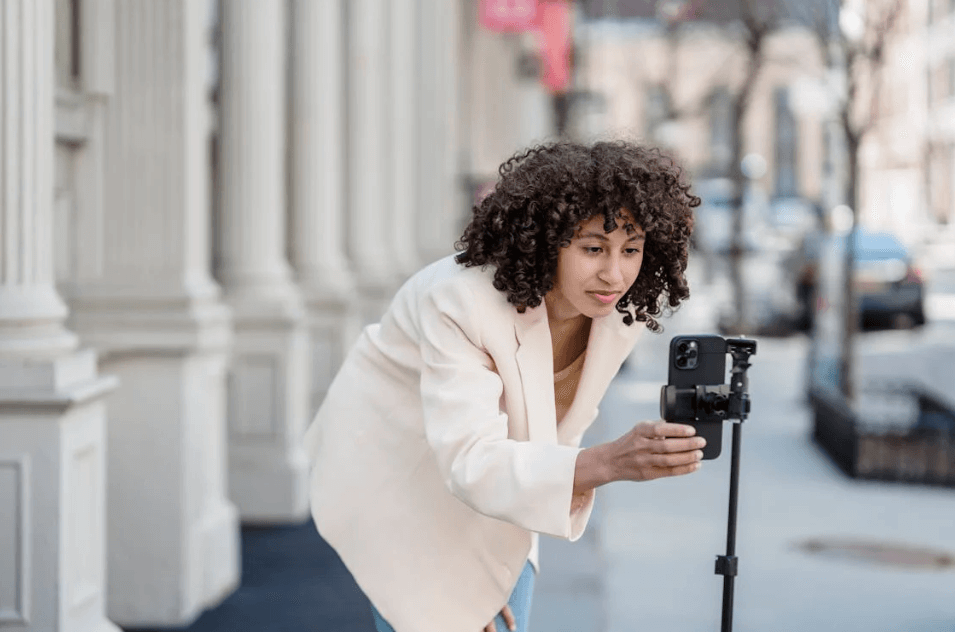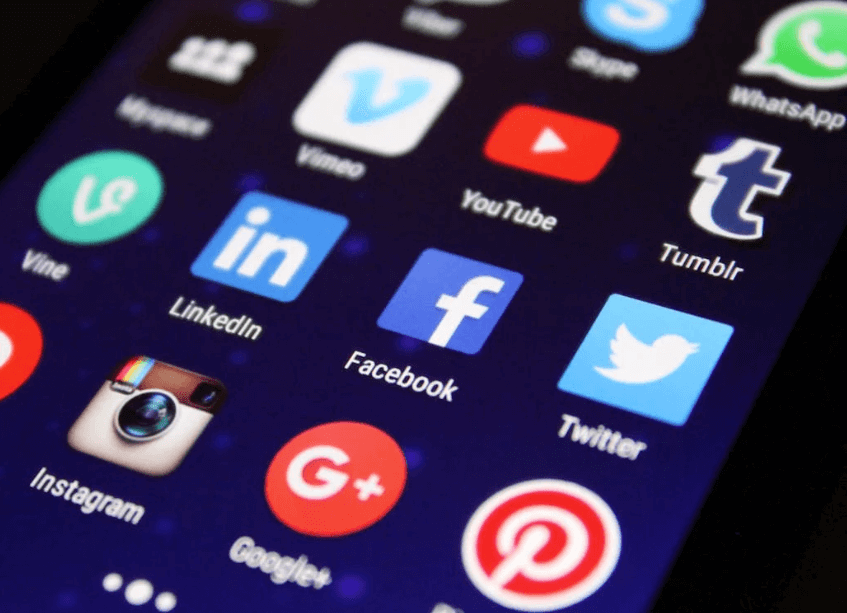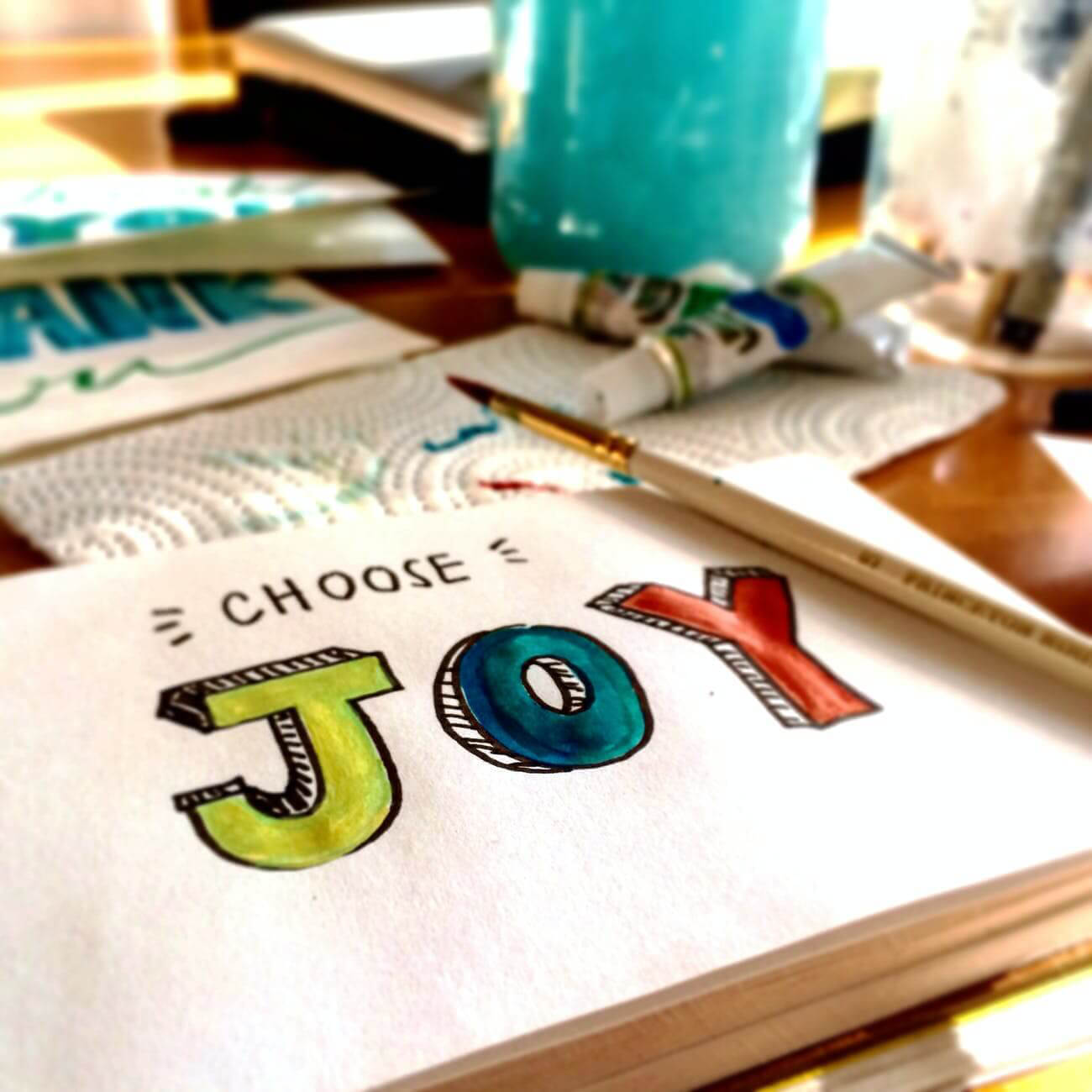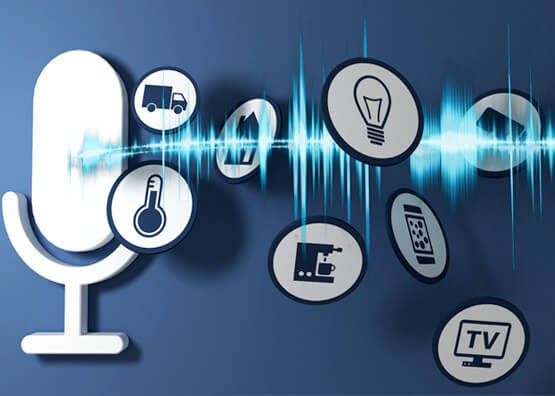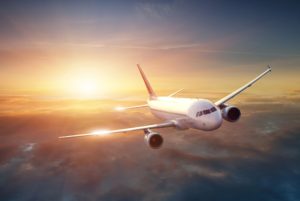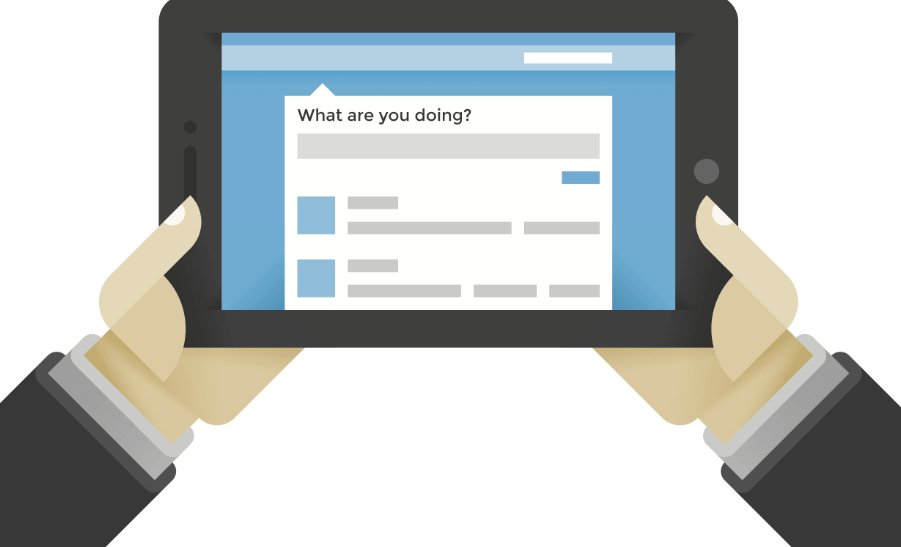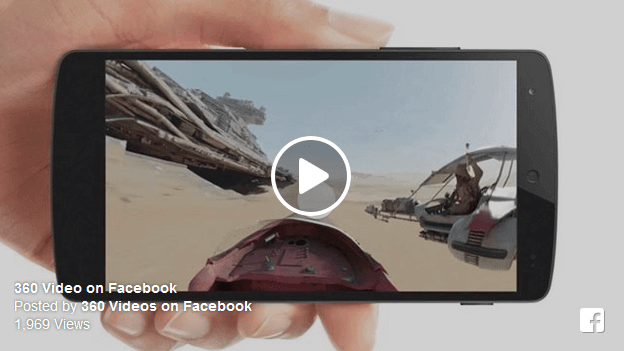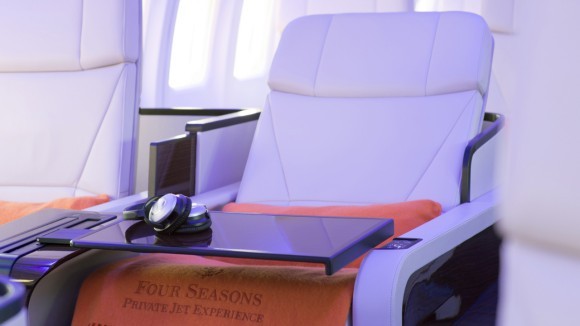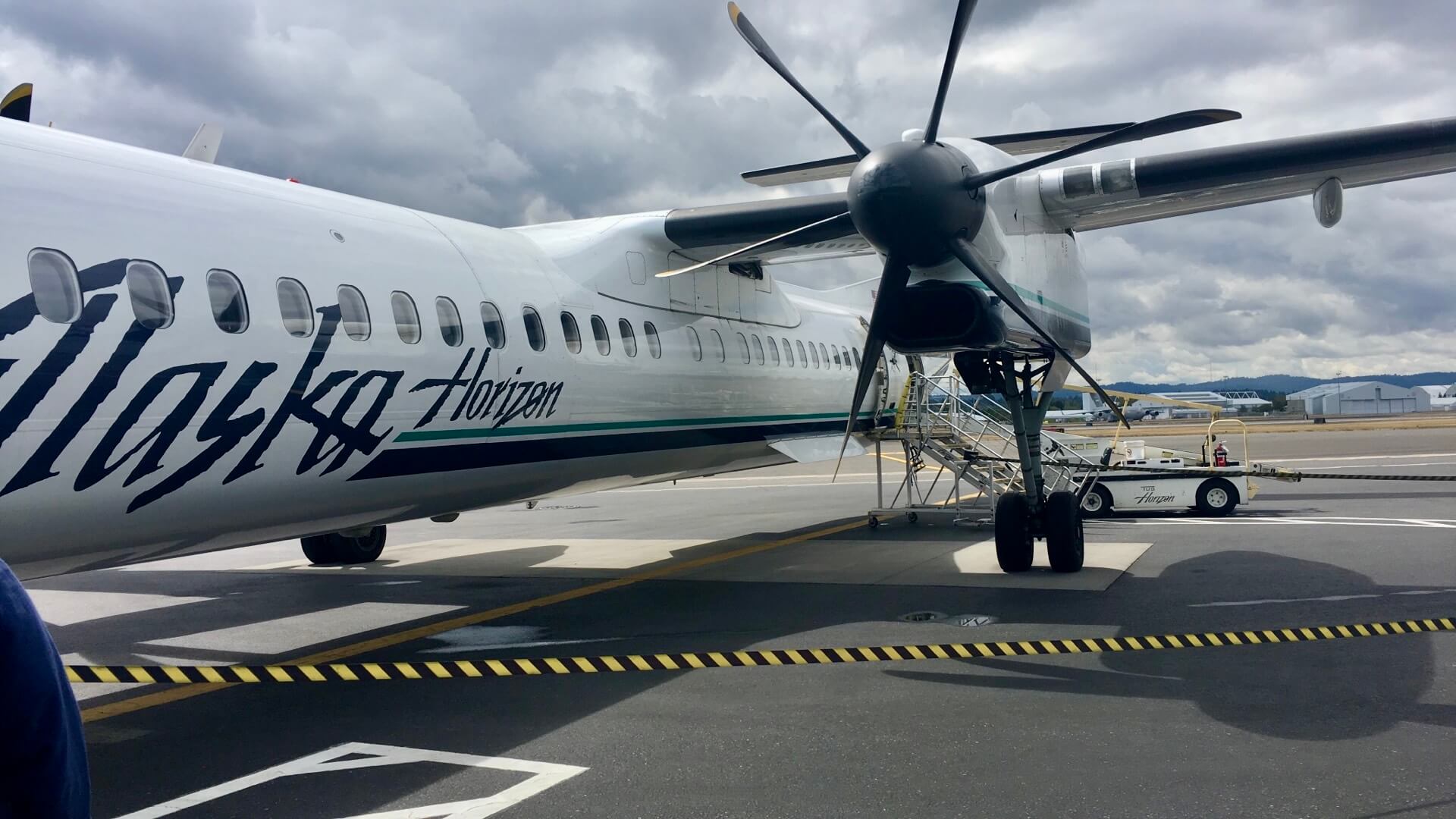
Soaring Towards Sustainability: How Green Technology is Reshaping Aviation
In October 2021, the International Air Transport Association (IATA) committed to achieving net-zero carbon emissions by 2050. How exactly is the aviation industry using green technology, and what steps are being taken to make flying a more sustainable option? Here are a few examples of changes made and what’s coming.

